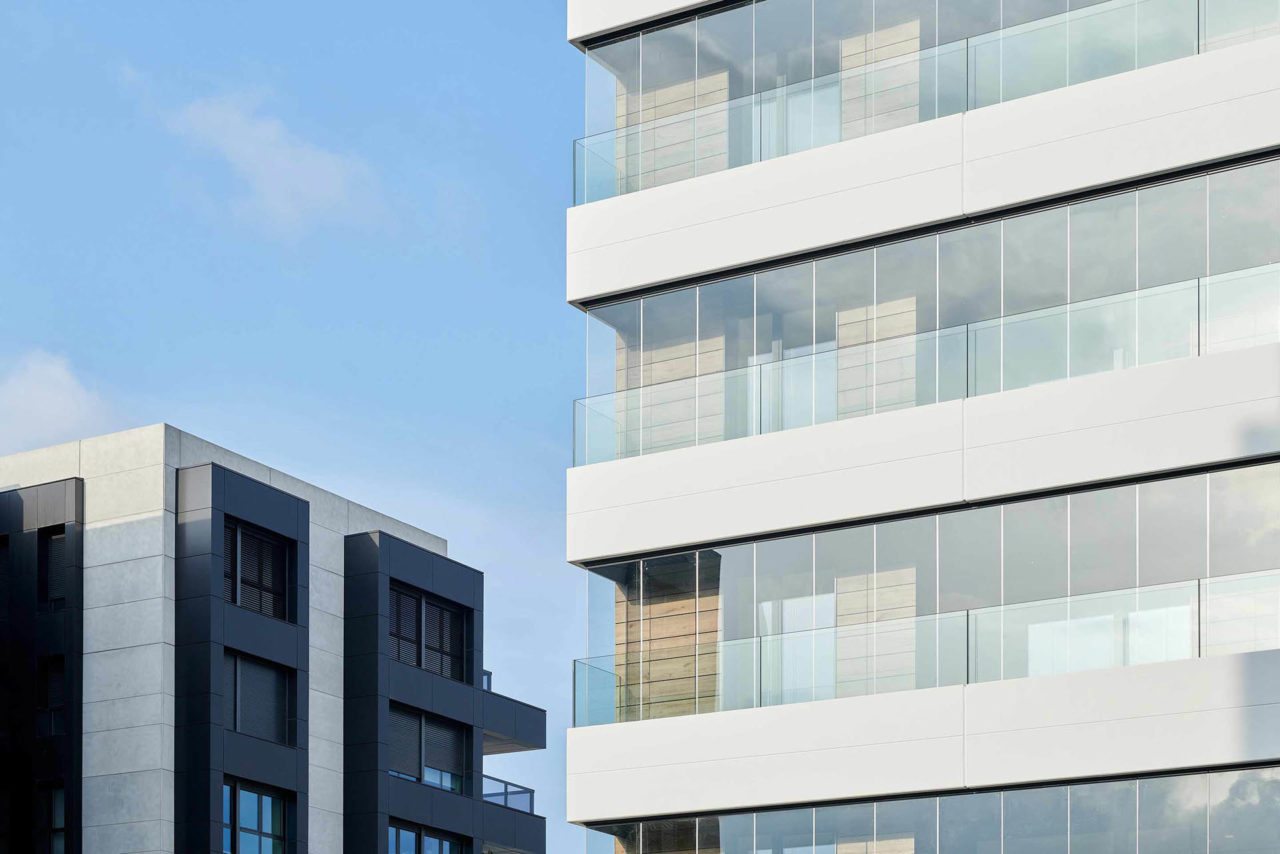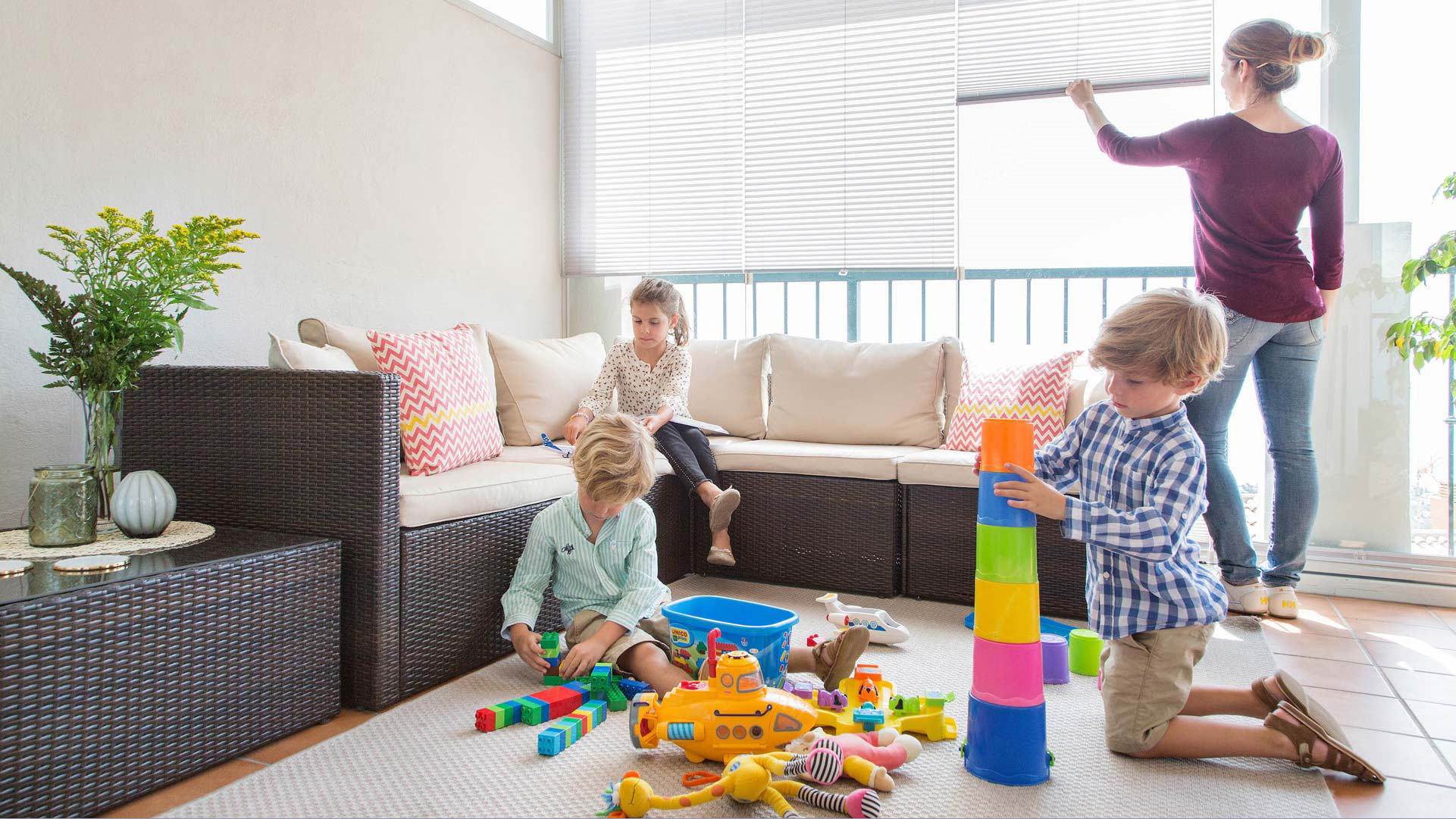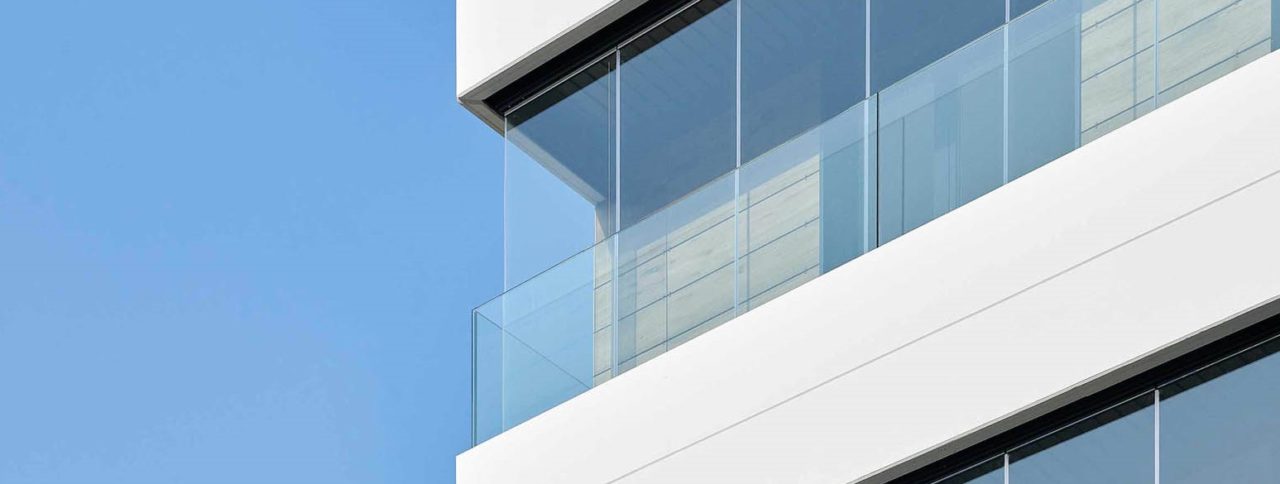
Energy saving
Lumon Glazing contributes to energy efficiency
In recent years, the energy efficiency of balcony glazing has been scientifically examined multiple times. These studies have shown that balcony glazing helps to reduce heat consumption and achieve remarkable energy savings.

Reduced energy costs
Balcony glazing can help reduce energy costs by providing an additional layer of insulation. This can help to keep your home warmer in the winter and cooler in the summer, reducing the need for heating and cooling systems. Research indicates that in the European region, balcony glazing typically reduces heating energy consumption by 2 to 20%.

Improved energy efficiency
By reducing the amount of energy needed to heat or cool your home, balcony glazing can help improve the overall energy efficiency of your household. On average, glazed balconies result in energy savings of 300 kWh compared to balconies without glazing. Sources can be found here.
